It Ends With Us: Blake Lively Anchors A Deceptively Powerful Drama
This is #CineFile, where our critic Rahul Desai goes beyond the obvious takes, to dissect movies and shows that are in the news.
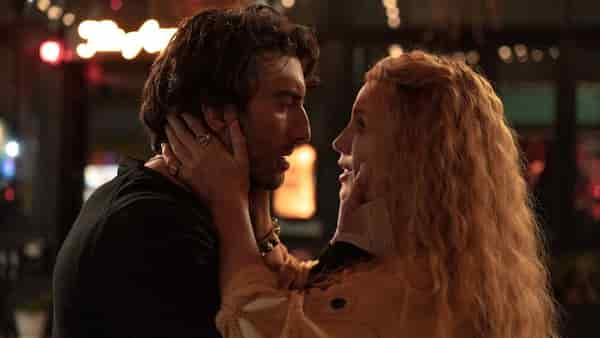
Last Updated: 08.09 PM, Aug 09, 2024
HER NAME IS Lily Bloom and she dreams of owning a flower shop. She falls for a hunky neurosurgeon, Ryle, who looks like he’s stumbled in from the set of 365 Days. He’s perpetually a heartbeat away from growling: “hey babygirl”. What’s more, their meet cute unfolds on the terrace of a skyscraper. (G)room with a view. They make for a charming couple. The world is at their feet — until her Atlas shrugs. Lily’s childhood sweetheart, a restaurant owner named Atlas, re-enters her life. The impossibly good-looking love story becomes an impossibly good-looking love triangle. Lily is torn between her past and her present; between the charismatic commitment-phobe and brooding green flag.
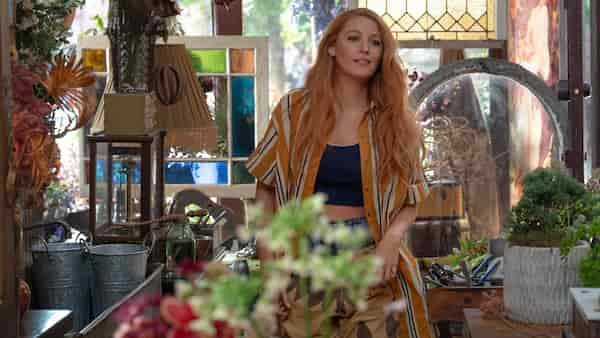
For those (like myself) who are unfamiliar with Colleen Hover’s madly popular novel that this film is based on, everything about the story points to a corny Hallmark-style, sepia-tinged romcom. Even the whispery title: It Ends with Us. Of course it does. You can almost smell the lens flare, country hats, flossy flashbacks and magic-light-strewn shots. Even Hasan Minhaj plays the best friend’s beta-male hubby. The unserious publicity drive — which also includes leading lady Blake Lively’s husband Ryan Reynolds and bff Hugh Jackman dead-pooling their way into interviews — further supplies this notion. As does Lively’s performance (I’m resisting the temptation of a “Blake is lively” pun), which, for much of film’s 132-minute runtime, is steeped in the traditions of lightweight entertainment: a quick wit, a quirky wardrobe, a 35mm smile, a sweet-and-sour bantery vibe.
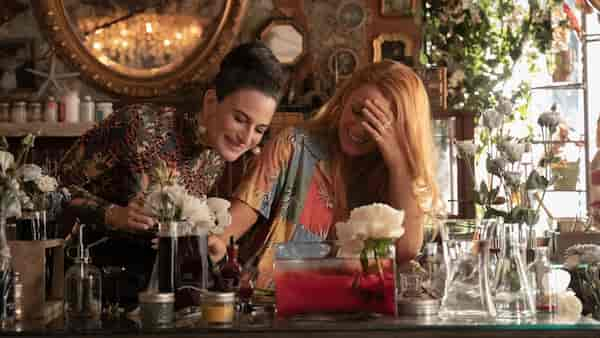
But the reason this film works is because the staple-romcom rhythm is actually a facade of sorts. Lily believes she’s in a different film. It unfolds from her perspective. As a result, for the first hour, we see the fairytale she wants to see. Great new boyfriend, dream business, quirky best friend, a life in Boston, cutesy flashbacks of a childhood sweetheart. She rationalises — and therefore edits — the few ambiguous moments. There are cracks in the glossy screen, almost as if life surreptitiously keeps punching through the movies. Like, for instance, when Ryle ‘accidentally’ hits her eye once he burns his hand in the kitchen. No biggie. Or her first sighting of him on the terrace — he smashes a chair because he couldn’t save a child in surgery — which she jots down to ‘meet-cute shenanigans’. Or the way she remembers her parents’ fights, as loud voices rather than damning images. Or even something as fleeting as Alyssa, her new bestie and Ryle’s sister, mentioning that she hates flowers. This tonal conceit — designed to lull the viewer into expecting yet another streaming-era love triangle — reflects the narrative conceit of the film’s real themes: domestic violence, trauma responses, and the impossibly good-looking stories we tell ourselves.
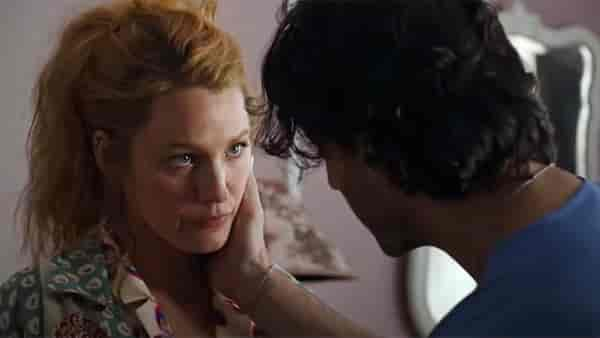
The film-making commits to Lily’s psychology. It indulges her fictions without trivialising her truths. Little by little, the missing links of those memories emerge. The callbacks are very effective because they go hand in glove with Lily’s growing consciousness of her own suppressed trauma; the moments slowly complete themselves. It emerges that she’s grown up in a household where her father used to beat up her mother, and now she’s with a man who is possibly the same. The way Ryle’s little transgressions are staged — the kitchen incident, bedroom persistence, an argument on the stairs, an altercation with Atlas — reveals his gaslighting of Lily (and by extension, the viewers). After all, a brain surgeon who looks like that has to be too good to be true. The catch was always there; Lily just chose to look away. A teenaged Lily found a kindred spirit in the homeless Atlas — and him in her — because they recognised each other as victims of broken homes; her girlhood, however, sustained her denial. And then the title makes sense: ‘It Ends with Us’ is about a woman striving to break the pattern. It’s the story of a generational grappling with the courage of breaking — ending — the cycle.
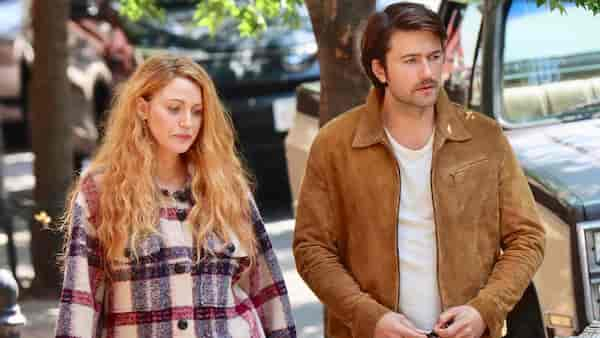
To the film’s credit, it refuses to exist in binaries. The book has been accused of humanising domestic abuse, but the film uses Ryle’s backstory and his demons to rightly suggest that humans are complicated. (Someone like him might have been the tortured hero of a Sandeep Reddy Vanga movie.) It’s not as simple as casting Ryle as a monster. He’s genuine when he loves Lily, frighteningly genuine, which makes it harder to fathom that there’s another side to him. In her eyes, he is a good man capable of darkness, not a dark man capable of goodness. Actor-director Justin Baldoni’s performance embraces the (Christian) greys in Ryle: There’s something off, but his affection for Lily often makes you doubt yourself for perceiving him like that. Even when he shows his true colours, it’s not like he changes a lot: It’s just that Lily’s gaze becomes clearer.
Blake Lively is superbly dialled in as a flower awakening to the agency of wilting. It’s a performance replete with emotional intelligence and empathy, not least in the aftermath of her love story, where Lily walks the thin line between coping and acceptance. Lesser movies might have framed her as a you-go-girl protagonist whose rebellion is dramatic and readymade. But this one allows her to be conflicted, confused, easing her into a resolution rather than glorifying the act of breaking free. There’s not nearly enough of Brandon Sklenar’s Atlas, but this only reiterates the essence(s) of his name: He’s both an invisible map and a visible portrait of endurance.
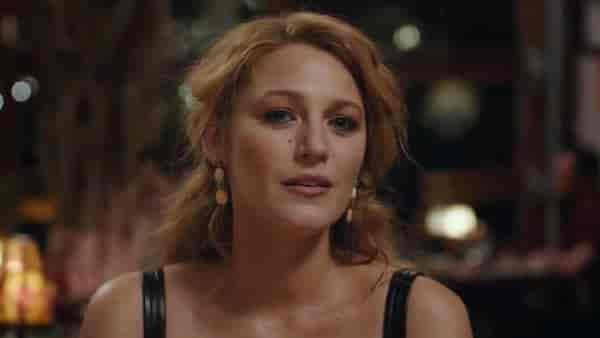
Towards the end of the film, a young woman seated behind me began to heave a little. The heaves soon turned into full-throated sobs. Her group of friends giggled at her. They assumed that she’s crying (again) for a romantic drama. Everyone has that one sappy buddy. But her emotion felt familiar. Deeper. I sensed that this was no ordinary reaction. She was perhaps triggered by Lily’s trauma journey — it seemed to open up a box of scars that she might have previously buried. I want to believe that maybe she saw, at that moment, the cracks in the walls of her own home. I know I did. I saw the little lies I’ve told myself as a man for years in order to continue loving — and respecting — my separated parents. A young Atlas’ bruised hand reminded me of the time I swiftly ‘protected’ my mother, but also the time that I conveniently erased from our family album. Ryle’s rage reminded me of the time I got annoyed and smashed a weighing scale in front of a terrified partner, only to realise that I was morphing into the parent whose mistakes I had vowed to avoid. Lily’s shaken-up reaction in the kitchen reminded me of how, one night, my argument with my mother escalated into her instinctively defending herself because she saw the threat of my father in the way I moved and spoke. I’ll never forget the impulsive alarm in her eyes; it’s when a history of violence — and victimhood — dawned on me.
“Reminded” is the keyword here, because these memories already exist in the recesses of time; they just need to be uncovered. To have a film do that is a powerful feeling. It Ends with Us doesn’t normalise domestic violence; it only shows us how we — as social individuals and cultural collectives — are conditioned to normalise it. The irony is that most of us hide behind our own language of storytelling. But where does one go when storytelling turns us into its hidden language? What happens when “slice of life” alludes to the knives that dismembered us?

 Premium
Premium